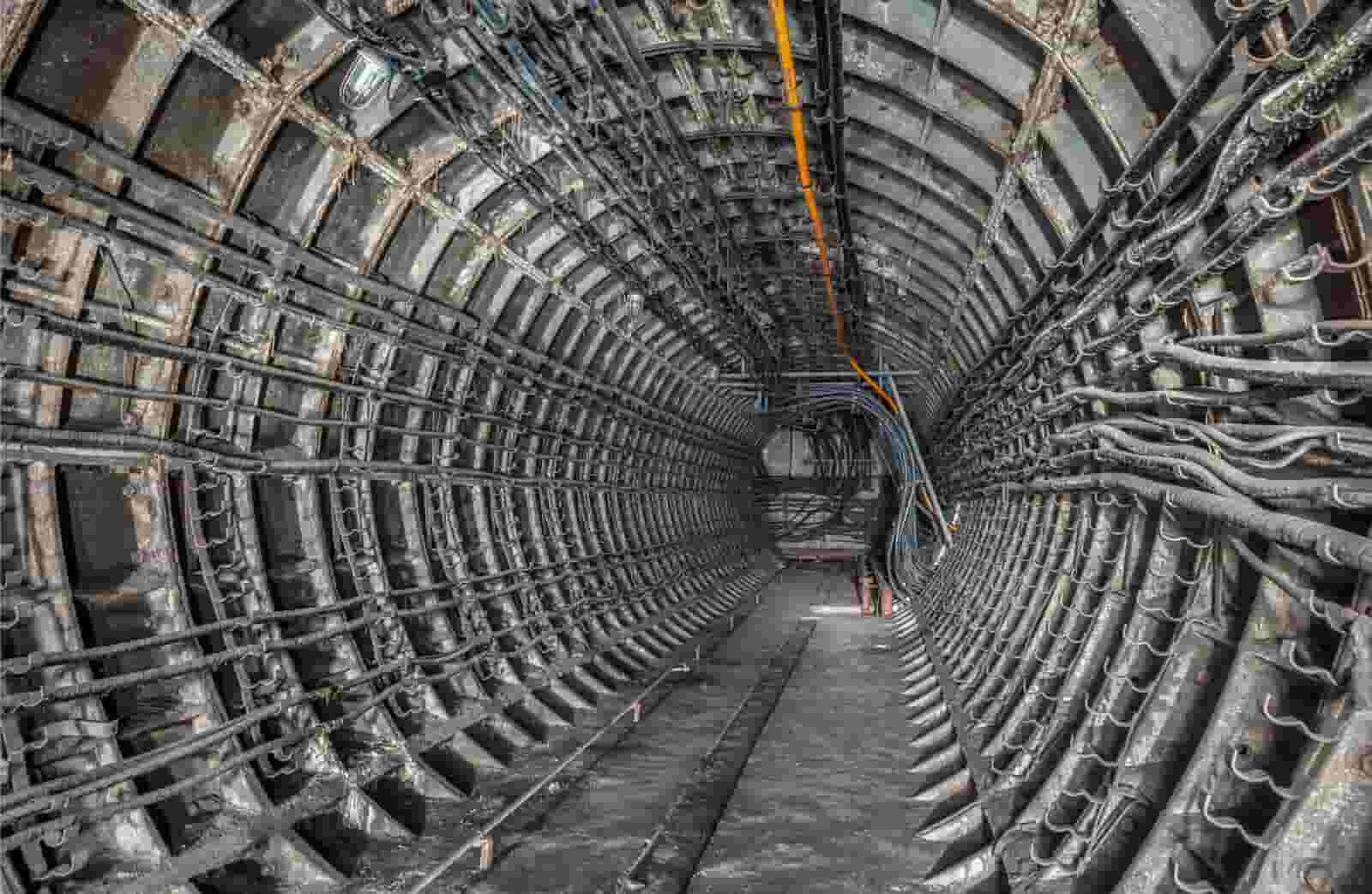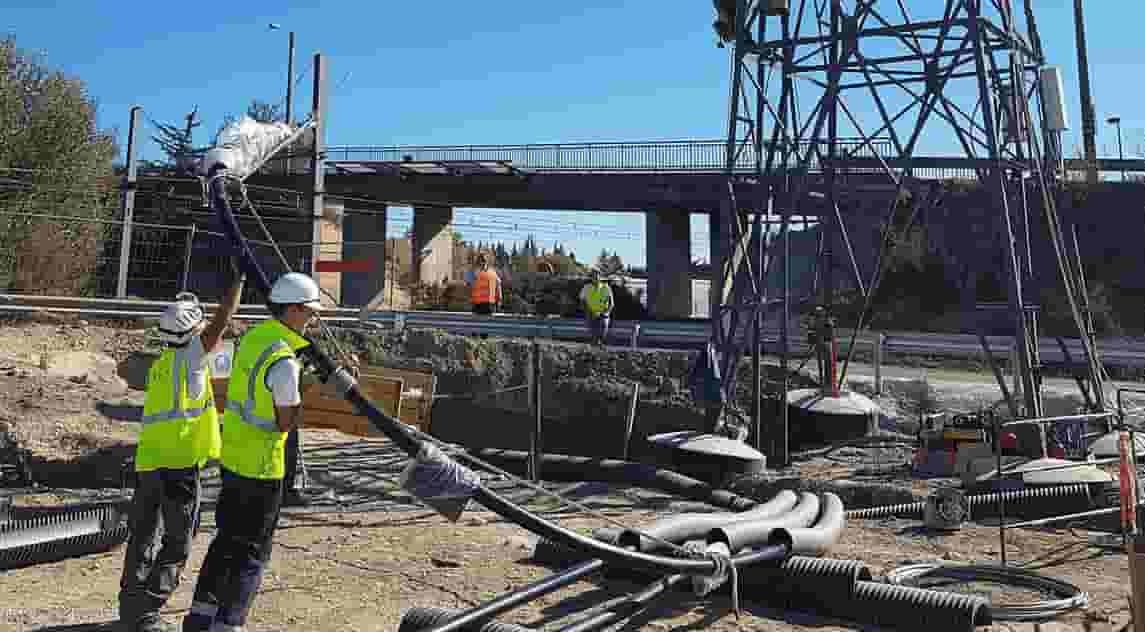Why It Is Nearly Impossible For The Underground Cable To Be Repaired?
 Aug 05,2024
Aug 05,2024

 Suke
Suke
When the underground cable has some faults, more and more trucks begin showing up with bizarre power tools, test equipment, and tanks of liquid nitrogen. An underground cable delivering high-voltage electricity has experienced a fault, costing the city tens of thousands of dollars per hour in lost capacity and downtime. Let’s find out the reasons why it is nearly impossible for the underground cable to be repaired.
High voltage transmission lines efficiently carry electricity over long distances but risk arcing through the air. Overhead lines on towers prevent this by maintaining sufficient distance between lines. In the 1970s, American engineers innovated by installing underground cables in West Los Angeles to supply electricity over 10 miles, avoiding the issues of overhead lines in dense urban areas. However, this posed new challenges, as underground cables required alternative methods to ensure proper insulation and prevent arcing.

In addition, it is not easy to fix the underground cable. Repairing the underground cable first should find the fault. That’s what happened in 1989 to the Scattergood Olympic underground cable line. Locating a fault in an underground cable line is half art/half science, and there are many interesting types of equipment that can be used. Engineers tried to use ground-penetrating radar along the line, but they couldn’t identify the fault. They also tried time-domain reflectometry, a method of transmitting a waveform through the cable and measuring the reflections. But the results weren’t conclusive. They also used a device called a thumper which introduces impulses of high voltage into the underground cable. When this impulse reaches the fault, it causes an electrical arc which can be heard as a thump above the ground, usually aided by a handheld detector with a microphone and digital filters. Going from one extreme in technology to the opposite, the crews used car batteries and voltmeters to take measurements of the conductor’s resistance between tap points to precisely identify the location of the fault. Once found, the challenge of repairing the faulted underground cable could begin. How do you fix an insulated conductor inside a steel pipe bathed in high-pressure oil? With liquid nitrogen, of course. Pumping all the oil out of the pipe before the repair wasn’t feasible. It couldn’t be stored and reused after the project because that process would introduce contaminants that would reduce the oil's insulative properties. They also couldn’t dispose of it and replace it with new oil, because the stuff’s expensive and it would take a long time to get in such an incredible quantity, potentially extending the very expensive downtime. Even more importantly, relieving the oil pressure from the rest of the pipe could allow gas bubbles to form inside the layers of paper insulation, potentially damaging them and creating new places for faults to form. The clever solution they used was to freeze the oil using liquid nitrogen, which is usually around -200C or -320F, creating solid plugs on either end of the section to be repaired. This allowed the rest of the pipe to remain under pressure. Losing these plugs would be a catastrophe, creating an eruption of high-pressure oil and spilling huge quantities of it into the environment, so the repair crew had liquid nitrogen companies on call across California as a contingency to ensure that the oil could be kept frozen for the duration of the fix.

The underground cable may face many faults. For example, the underground cable is in danger of experiencing a similar fault due to thermomechanical bending. And you should drain the entire underground cable line of oil and implement preventative measures while it is already down for repairs. What’s more, the insulation is continuing to degrade, and outages on the underground cable line are significantly disrupting the reliability of their transmission network across the city. The government should develop an underground cable replacement project. All in all, an enormous money and a large project make the underground cable nearly impossible to be repaired.

 Home
Home 16 Square Cable Can't Carry 18.5KW Motor?
16 Square Cable Can't Carry 18.5KW Motor?  You May Also Like
You May Also Like

 Tel
Tel
 Email
Email
 Address
Address













